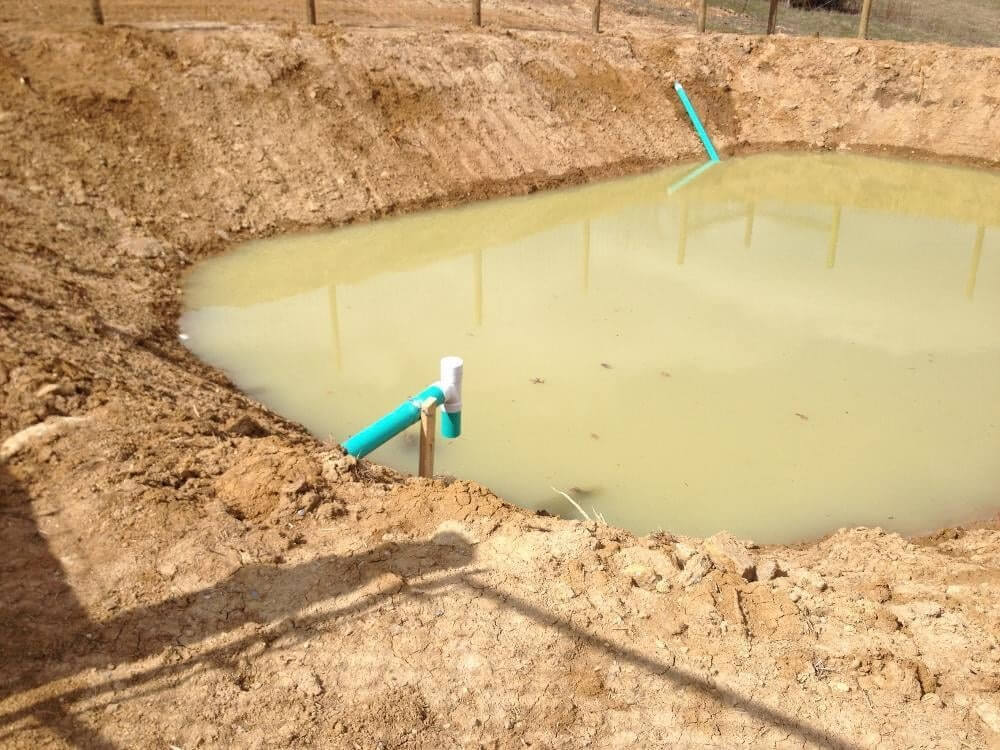The Missouri Department of Health has outlined the minimum standards that must be met for any on-site disposal system.
As such, any property owner that wishes to install a sewage lagoon system must comply with the set standards.
For starters, the construction of any septic system that handles 3,000 gallons per day or less must be guided by the Department of Health.
This covers conventional septic systems as well as other advanced systems including lagoon systems.
Apart from the state regulations, the different counties and cities may also have more stringent codes that guide the installation and usage of onsite wastewater management.
These regulations play a vital role in protecting the natural resources in the region and should therefore not be overlooked.
It is a good idea to get in touch with your local health department so as to know which laws you need to be aware of before you commence your lagoon project.
For instance, some local authorities also place a lot of premium on the equipment and materials used.
This underscores the importance of working with a professional septic system professional because they will know what materials and tools to use.
The following are some of the important standards:
Shape
Apart from the equipment and materials, the construction must also be guided by the shape minimum standards.
For instance, any rectangular lagoon system must not be greater than thrice its width in length.
The idea behind this restriction is to ensure optimal function in the system in a bid to prevent the formation of peninsulas, coves, or islands in the lagoon.
The formation of islands, coves, and peninsulas is not desirable as they could hamper the treatment of wastewater.
Space
The standards also need any system that handles more than 600 gallons per day to have adequate space for the trenches.
Since lagoon systems typically handle large volumes of water, the space requirement will apply as well.
The exact size of the lagoon will be determined by the amount of effluent which is typically calculated by the number of bedrooms on the property.
On a bare minimum, you should account for at least 440 square feet for each bedroom.
This gives the lagoon system enough space to avoid overburdening it.
If you intend to build a lagoon system that will have a flow rate of more than 600 gallons per day, then you will be required to provide adequate space for the installation of a trench system to aid in the disposal of the effluent.
Lagoon Covers
Another important regulation to take note of is the lagoon covers.
The covers are important because they can help to prevent contamination which ultimately improves environmental safety.
When designing your lagoon, the law requires that you use a lagoon cover of at least 2 mils thickness or as recommended by the manufacturer.
In addition to the thickness requirements, the covers must also be weather and ultraviolet-light-resistant.
These qualities are important as they help prevent the release of potential pathogens and toxic fumes which ultimately helps to promote public health as well as protect the environment.
Soil Permeability
Before installing a lagoon system, the site must be analyzed to ensure it meets the minimum requirements for lagoons.
A good site should have a percolation rate for 120 minutes per inch (impermeable soil).
Even though most soils in Missouri have high clay content and are naturally good for lagoons, it is best to carry out a percolation test just to be sure.
Permit Requirements and Regulatory Authorities
The law requires that any lagoon system, irrespective of size and flow rate, must be permitted by the permitting authority.
The state’s Department of natural resources is tasked with the responsibility of issuing permits to homeowners/contractors.
Before the permit is issued, you may be required to conduct a site assessment to ensure the property meets the minimum requirements for the lagoon.
If not, you may be advised to install an alternative system that is more suitable for your property.
Permits are important because they help enforce the regulations.
The state will only permit the installation of a system that is designed as per the laid down regulations.
The state also enforces compliance by carrying out regular inspections.
The process for inspecting on-site sewage disposal systems in Missouri involves periodic inspections by the Missouri Department of Health, a city, or a county to ensure compliance with state regulations.
These inspections are meant to ensure the system was installed properly and is well maintained and functioning optimally.
The inspector will recommend any corrective measures that must be taken for a system that is found to be problematic and if the owner doesn’t follow through, some penalties may be enforced.
If the system fails, you may also be required to install a new one from scratch which might be quite expensive.
Also check:
